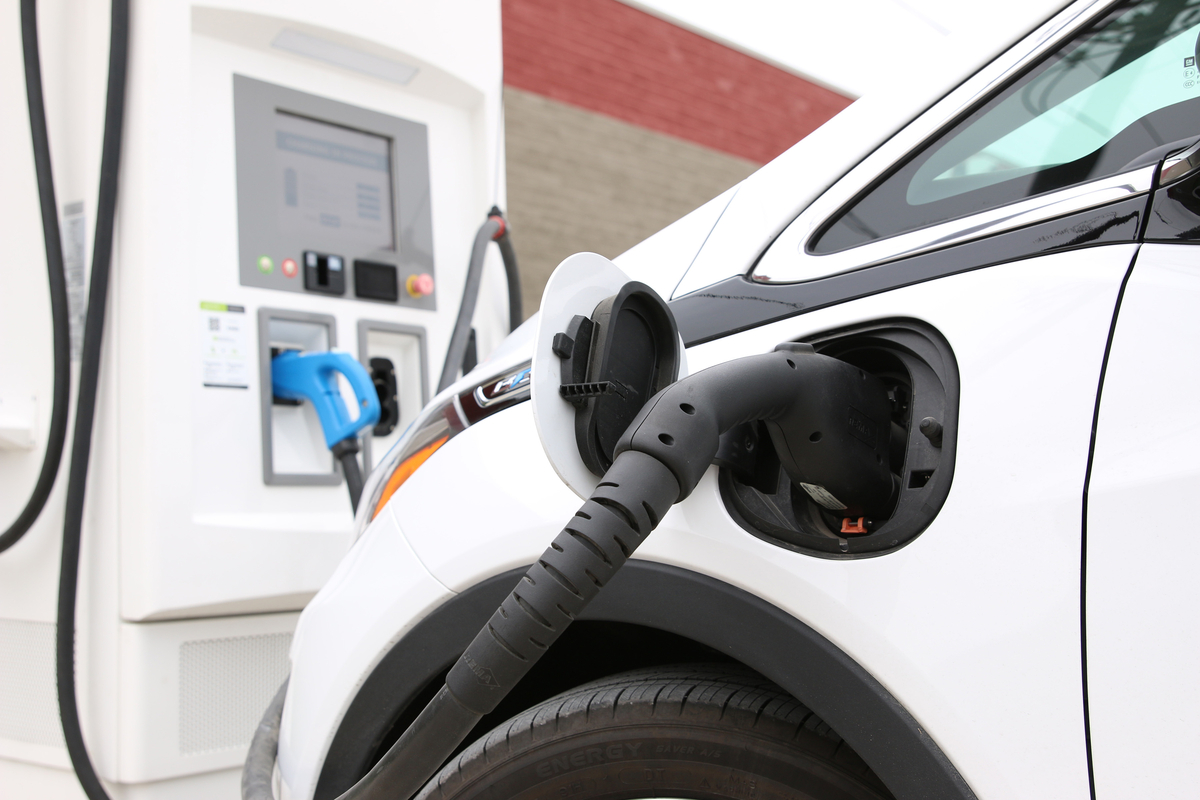Some researchers state air pollution reduction alone would make it economically worth it to accelerate the transition to clean energy sources. That includes switching to electric vehicles. Transportation, including trucks and mass transit, is the largest contributor to greenhouse gas emissions in the U.S., so changes in energy use in this sector would have a large impact.
Major cities in Iowa and Wisconsin have made moves in recent years to electrify their public transportation systems with the help of grants from the Federal Transit Administration and, in Iowa’s case, the Iowa Department of Transportation. Electric buses hit the streets of Madison, Wisconsin, in 2022, the same year findings were published by UW-Madison researchers on the money that could be saved through reducing air pollution, as it would improve public health. In addition to efforts cities are making, we at Alliant Energy are electrifying our active light-duty fleet vehicles and will complete this goal by the end of 2030.
Though switching to electric vehicles poses obstacles, efforts are underway to address some immediate barriers, like expanding charging station infrastructure. Finding an EV charging station isn’t yet as easy as finding an outlet to charge your phone, but the network of U.S. charging stations is growing to make long distance travel more viable. In 2021, Alliant Energy joined a coalition to expand EV charging across the Midwest.
Tax credits, including those in the Inflation Reduction Act, have help ease the upfront cost of EVs. And when it comes to trip duration, battery system technology continues to improve, and new breakthroughs, such as with lithium-air batteries, show potential for increased driving (and flying, in the case of airplanes) range and reduced fire hazard.
These studies and innovations show the potential benefits of EVs go beyond their positive impact on climate change. They’re effective tools in the challenge to address air pollution and its immediate effects on public health. We can see those results already. Are you interested in other ways to make a difference with electric alternatives to everyday machines besides vehicles? Check out our article here.

